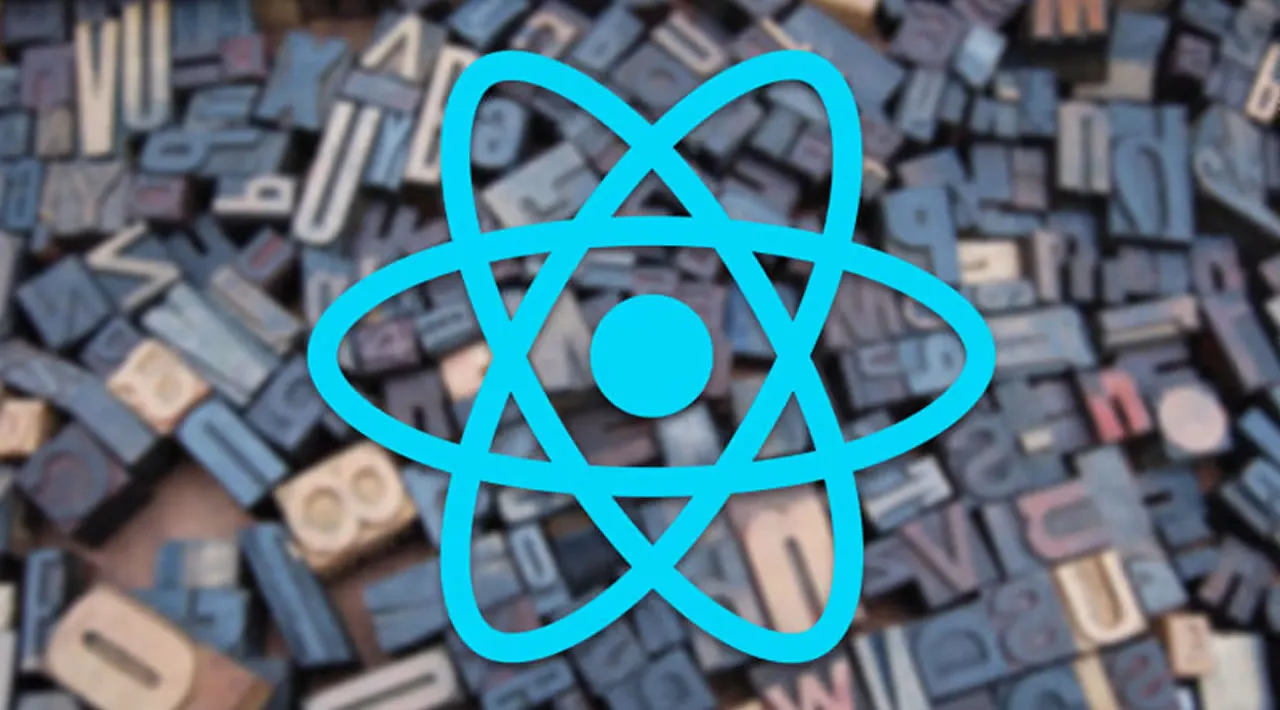Advantages of using React Native boilerplate for mobile development
When initiating a new mobile application project, we usually face tasks similar to the previous one. Whether it would be a social networking application or event booking service, we need to redo the same work, like building a user profile, implementing sign-up registration and authentication via social media profiles.
We searched through various solutions that could help us reuse our code in simultaneous projects. Our target was towards the following sides:
- Building the screens for the user profile;
- Creating the sign-in and sign-up features;
- Implementing the user authentication via socials.
In a while, we found the React Native boilerplate and considered it to be the best fit for our current needs. The boilerplate is a custom collection of assets and tools needed for an efficient product build. It assembles the code patterns from various parts and supports the development process with automated features.
Regarding our team, the boilerplate is used by the back-end and front-end developers. Its current release is focused on integration with our NestJS boilerplate but could be adjusted to any other back-end framework.
Developing mobile UI with the React Native boilerplate
React native boilerplate includes the necessary assets required from the start:
- Form controls (inputs, buttons);
- Typography elements;
- User avatars.
#react-native #mobile-apps
